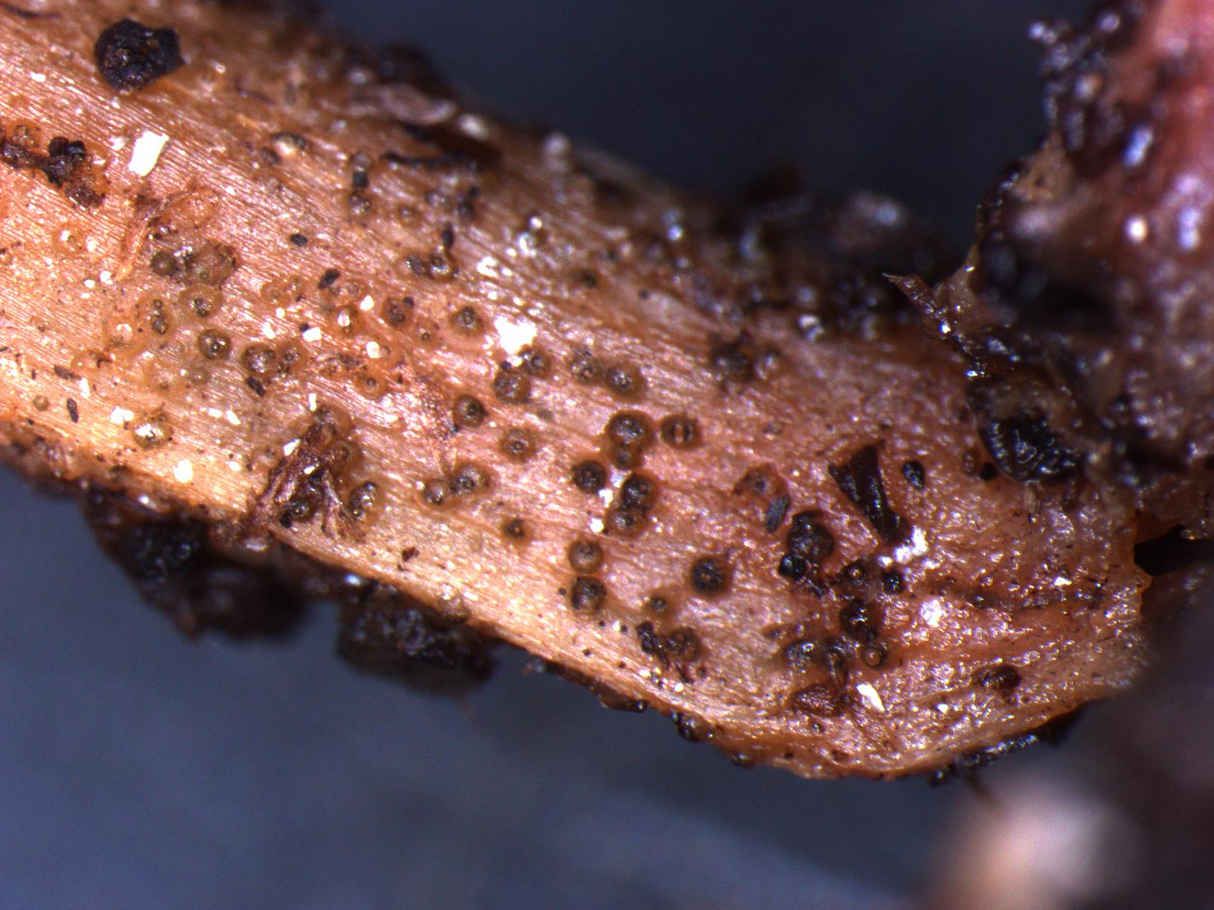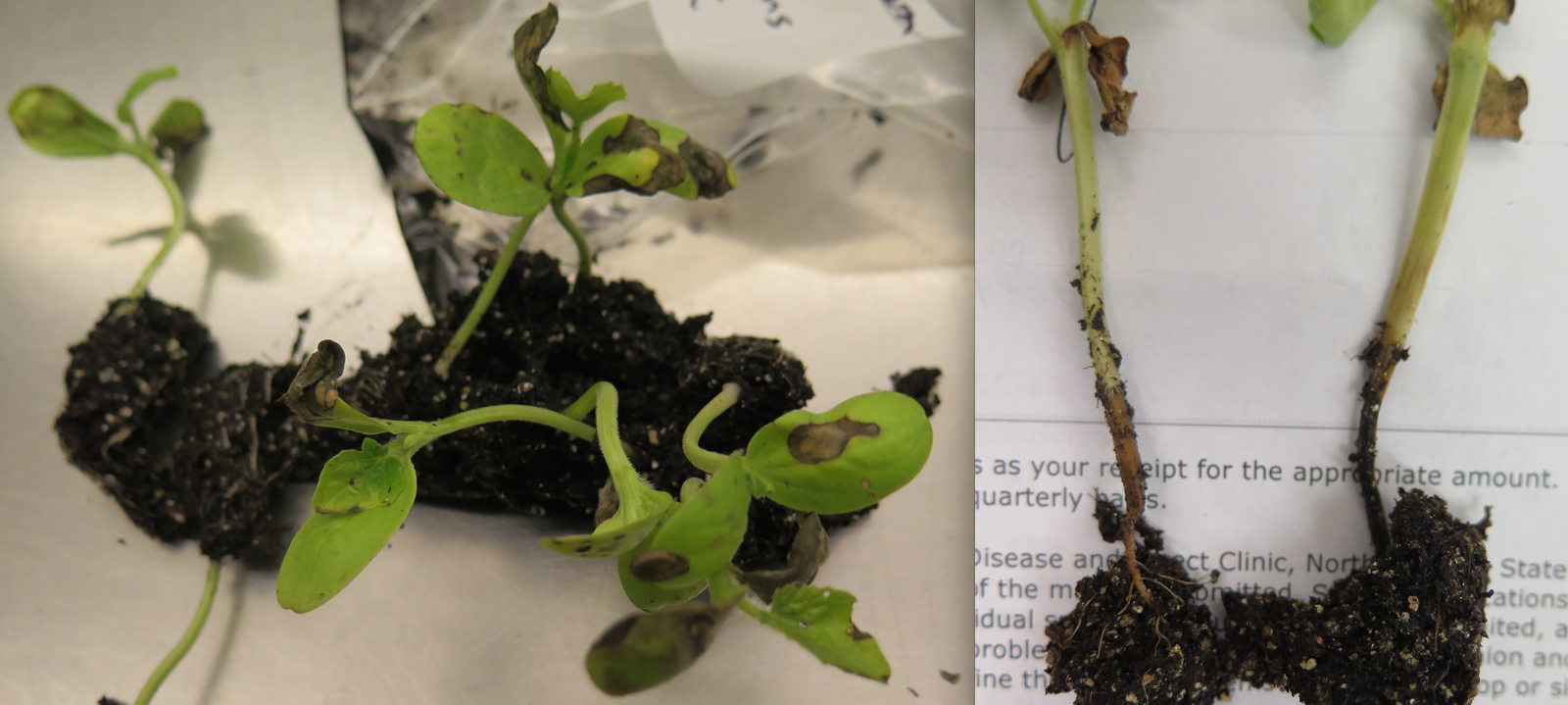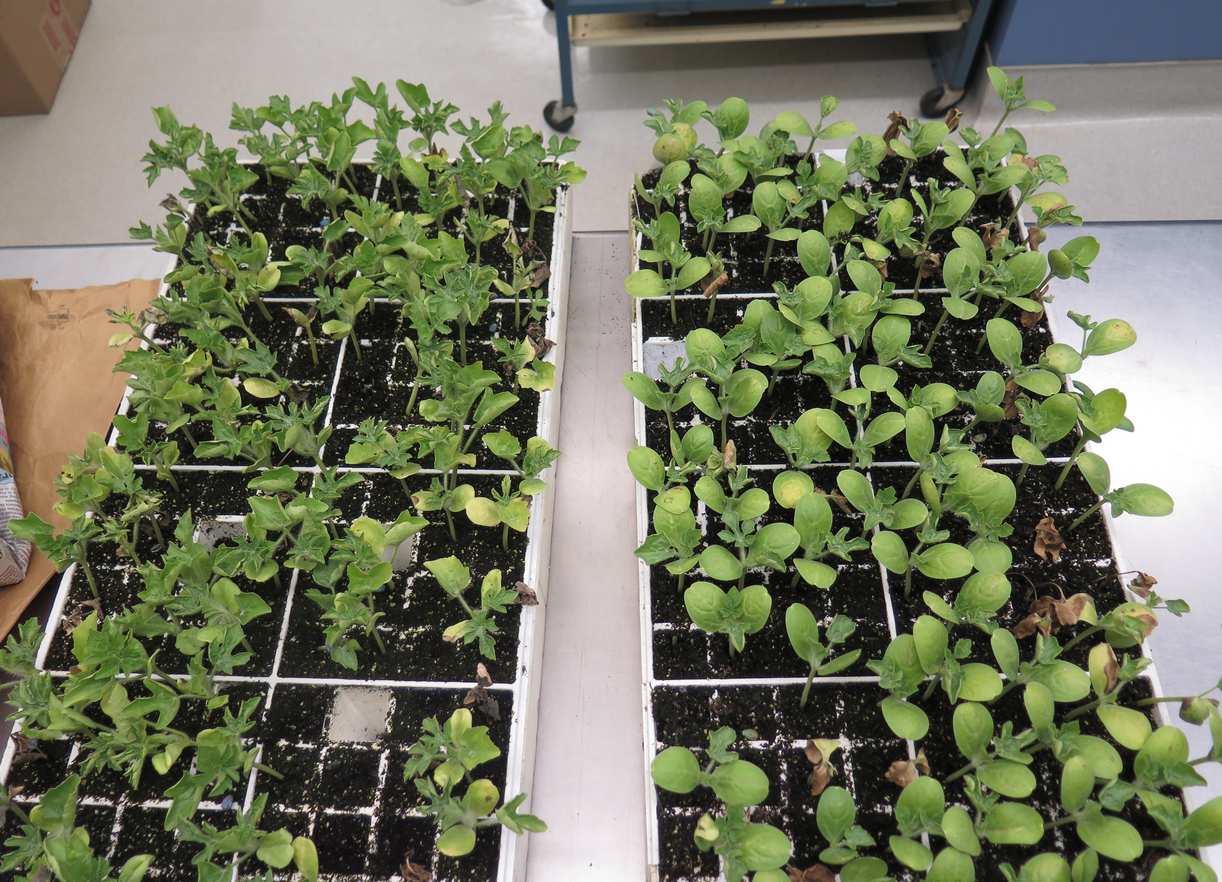Controlling Gummy Stem Blight on Watermelon
go.ncsu.edu/readext?358761
en Español / em Português
El inglés es el idioma de control de esta página. En la medida en que haya algún conflicto entre la traducción al inglés y la traducción, el inglés prevalece.
Al hacer clic en el enlace de traducción se activa un servicio de traducción gratuito para convertir la página al español. Al igual que con cualquier traducción por Internet, la conversión no es sensible al contexto y puede que no traduzca el texto en su significado original. NC State Extension no garantiza la exactitud del texto traducido. Por favor, tenga en cuenta que algunas aplicaciones y/o servicios pueden no funcionar como se espera cuando se traducen.
Português
Inglês é o idioma de controle desta página. Na medida que haja algum conflito entre o texto original em Inglês e a tradução, o Inglês prevalece.
Ao clicar no link de tradução, um serviço gratuito de tradução será ativado para converter a página para o Português. Como em qualquer tradução pela internet, a conversão não é sensivel ao contexto e pode não ocorrer a tradução para o significado orginal. O serviço de Extensão da Carolina do Norte (NC State Extension) não garante a exatidão do texto traduzido. Por favor, observe que algumas funções ou serviços podem não funcionar como esperado após a tradução.
English
English is the controlling language of this page. To the extent there is any conflict between the English text and the translation, English controls.
Clicking on the translation link activates a free translation service to convert the page to Spanish. As with any Internet translation, the conversion is not context-sensitive and may not translate the text to its original meaning. NC State Extension does not guarantee the accuracy of the translated text. Please note that some applications and/or services may not function as expected when translated.
Collapse ▲Gummy stem blight, caused by Didymella bryoniae (Fig. 1), was confirmed last month in Florida and we are starting to see a few cases in North Carolina (Fig. 2). Growers are encouraged to actively scout their watermelons seedlings to avoid planting infected transplants. If greenhouse transplants are infected (Fig. 3), it is advised to destroy the affected tray and any adjacent trays, since the pathogen will have likely spread to neighboring trays due to irrigation splashing, even if transplants look healthy. For a detailed description of the disease, its diagnosis, and control options, see our Gummy Stem Blight of Cucurbits fact sheet. The gummy stem blight pathogen can be seed borne, so planting pathogen-free seed and transplants, and not saving seed from an infected crop is critical to prevent disease.

Fig. 1: close-up of a watermelon seedling stem infected with Didymella bryoniae seen under a microscope. Note the pycnidia (round, brown reproductive structures) on the surface. Pycnidia can be seen with a 10x handheld lens as small brown to black dots (Photo: Shawn Butler, NC State Plant Disease and Insect Clinic)

Fig. 2: water soaked lesions on crowns of infected watermelon seedlings and leaves with necrotic, brown lesions (Photo: Shawn Butler, NC State Plant Disease and Insect Clinic)

Fig. 3: Trays of watermelon transplants infected with gummy stem blight (Photo: Shawn Butler,NC State Plant Disease and Insect Clinic)
The disease can be difficult to control in the field due to fungicide-resistant populations, especially if weather conditions are wet, which favors disease. Nonetheless, fungicide trials conducted in North Carolina (see previous post) revealed some products that are effective in controlling gummy stem blight on conventional operations. For a complete report of results from our gummy stem blight trials please refer to our demonstration trials.
When planing your spray program, make sure you alternate fungicide groups of products to avoid generating fungicide-resistant strains. You can find some example products on our Gummy Stem Blight of Cucurbits fact sheet. Growers are encouraged to read the 2015 Watermelon Spray Guide developed by Dr. Anthony Keinath from Clemson University, and the Southeastern US Vegetable Crop Handbook for the latest fungicide recommendations.
If you think you have gummy stem blight in your cucurbits please contact your local Extension Agent and send photos and/or physical samples to the Plant Disease and Insect Clinic for confirmation.


